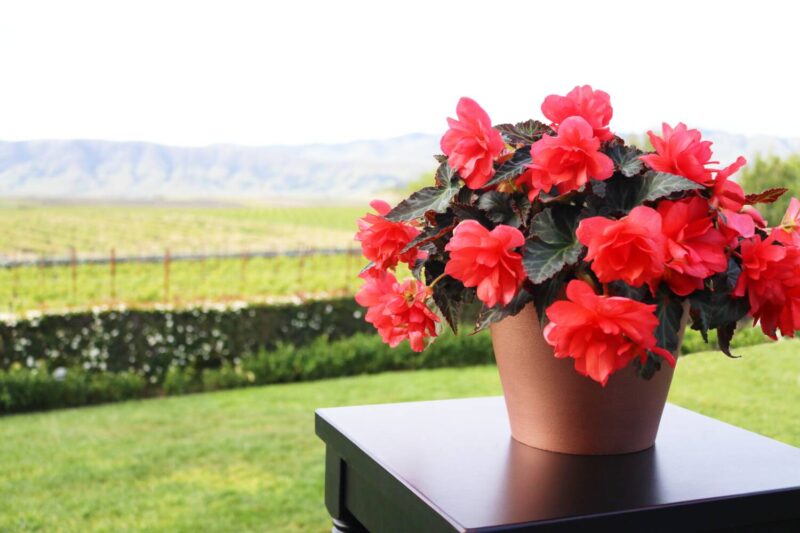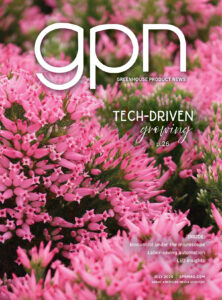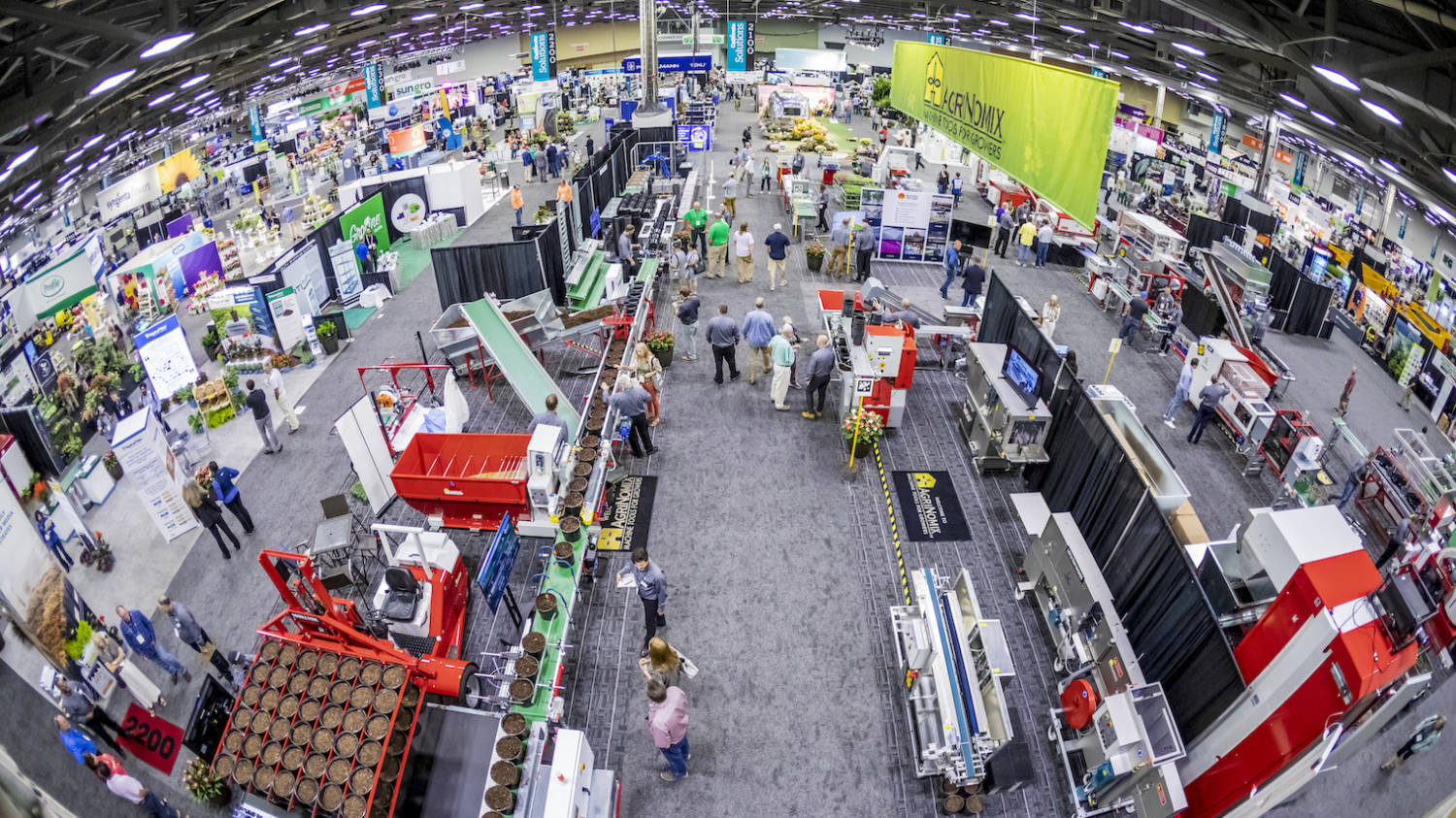
Mastering I’Conia® Begonias
Ask the Expert
Expert tips from Dümmen Orange
(Sponsored) Dümmen Orange has established itself as a leader in the horticulture industry, providing innovative and high-performing plant varieties. Their I’Conia® begonias have become a favorite among growers and consumers alike. In this Q&A, we spoke with Kelly Nicholas, Head Of Technical Services for North America, at Dümmen Orange and discussed what makes this series so special and how to ensure success when growing these stunning plants.

Why are begonias, particularly your I’Conia® brand, so popular among growers? What sets I’Conia® begonias apart from other varieties in terms of performance or appeal?
“This series is popular among consumers making it a must-have for the grower,” Nicholas said. “I’Conia® is full of varieties that make a dramatic statement for the consumer — they are a mixed-use crop suitable for hanging baskets, mono pots and mixed combinations or even in the landscape. They are versatile enough to be in both sun and shade exposures.”
What are the most important first steps growers should take when their begonia liners arrive?
“If receiving unrooted cuttings (URC) the grower should unbox and stick immediately — I’Conia® begonia are stick priority one,” Nicholas said. “If you are receiving already rooted liners, then the most important step is to plant immediately upon receipt. A held and root bound liner will result in blind finished plants.”
What are the key propagation tips growers need to know to ensure healthy rooting and early success?
- I’Conia® should not propagate next to other types of elatior/reiger begonia; they do not have the same requirements.
- Apply only enough mist to regain and maintain turgidity — these pair well in propagation with dry or fast crops for the best success.
- Be sure to have under bench/floor heat running above 72°F.
- Lighting for 16+ hours (day extension).
- Provide a humid microclimate around the cuttings. If high humidity is not possible, consider covering the crop with remay.

Once begonias are established, what are the most critical factors for successful growth?
- Light
- 16-18 hours per day (by extension) required from propagation to 2/3 finish size.
- High-quality light and light penetration are critical (DLI = 10-16 moles/day). Having properly spaced plants will help with light penetration.
- Increase light slowly as soon as the cuttings are off the mist.
- Provide a “Goldilocks” environment; everything should be “just right” — any stress can lead to poor-quality plants
- Maintain a low-stress, warm environment. Heating is required throughout the growing cycle.
- Provide even temperatures, fertility and light.
- Avoid dry down and don’t water too heavily
- No pinching. Pinching incorrectly will cause blindness, and it is not necessary to grow a beautiful plant.
What are your top tips for managing and preventing common challenges like disease, overwatering, or nutrient deficiencies?
Maintain a strong fertigation program throughout the cycle utilizing a well-balanced mix. Consider two fertigations followed by clear water on a cycle,” Nicholas said. “Keep a strong scouting program for both pests and disease. Proper environmental conditions such as plant spacing, moisture and light levels will help avoid diseases. It is good practice to treat preventatively, either with beneficials or chemical rotation, for broad mites because often, when you realize you have them, it is too late.
© Dümmen Orange 2025









 Video Library
Video Library 


















